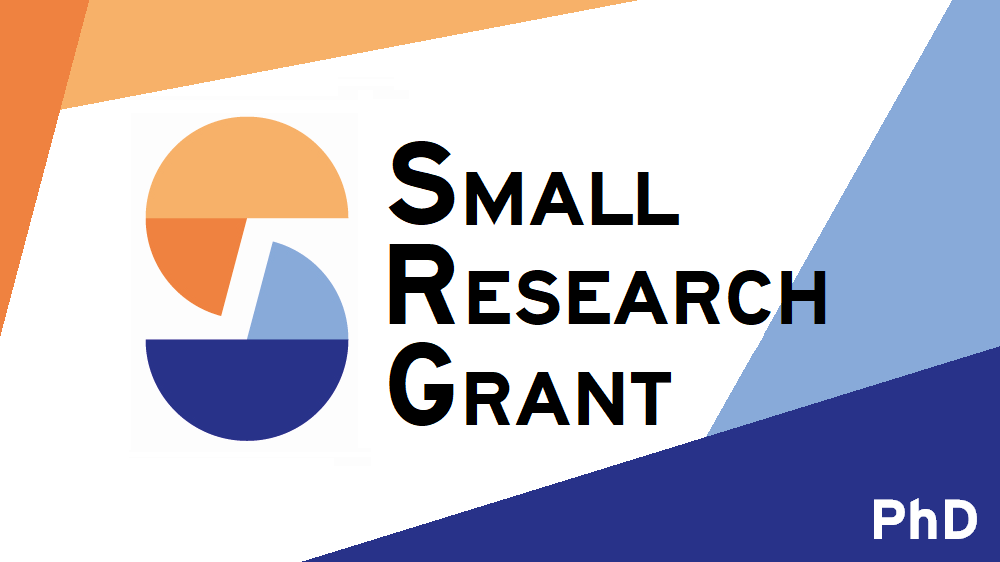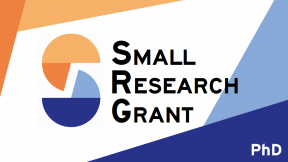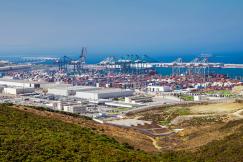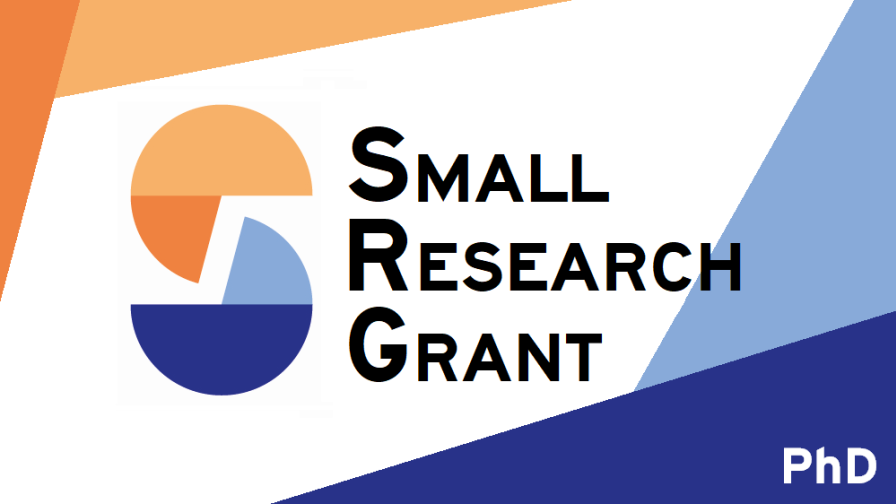How much do developing countries benefit from technologies made in developed countries? This question determines the growth trajectories of developing countries, as well as optimal innovation policy. The inappropriate technology hypothesis states that technologies are designed for their local context, and fail to benefit countries with very different contexts. In the context of cross-country technology diffusion, it implies that poor countries will fail to benefit from frontier knowledge concentrated in Western countries. This project develops a strategy to test the inappropriate technology hypothesis. The key insight is that inappropriate technology is encoded in heterogeneous knowledge spillover elasticities: the elasticity of productivity in one country to new knowledge in another country. If the inappropriate technology hypothesis is true, then knowledge spillover elasticities are systematically higher between country-pairs that are more similar in their baseline income levels.
To estimate these knowledge spillover elasticities, this study proceeds in two steps. First, the study estimates a theoretically-grounded measure of productivity for a large set of countries, sectors and years using UN COMTRADE global trade flows interpreted through a Ricardian model of trade. Second, the study uses global patent data from PATSTAT to estimate the effect of foreign patents on domestic productivity in a panel framework. Importantly, the study allows these effects to vary based on country-pair income similarity. This gives a measure of whether developing countries experience higher knowledge spillovers from other developing countries, or from developed countries.
Understanding the importance of foreign knowledge spillovers – and which countries are most important for foreign knowledge spillovers – is a question of key importance for technology policy in developing countries. In particular, it can inform a) whether countries should subsidise foreign technology adoption, or tax it in favour of domestic innovation, b) the optimal allocation of R&D resources across sectors, given the level of foreign spillovers from other countries in each sector.






















































